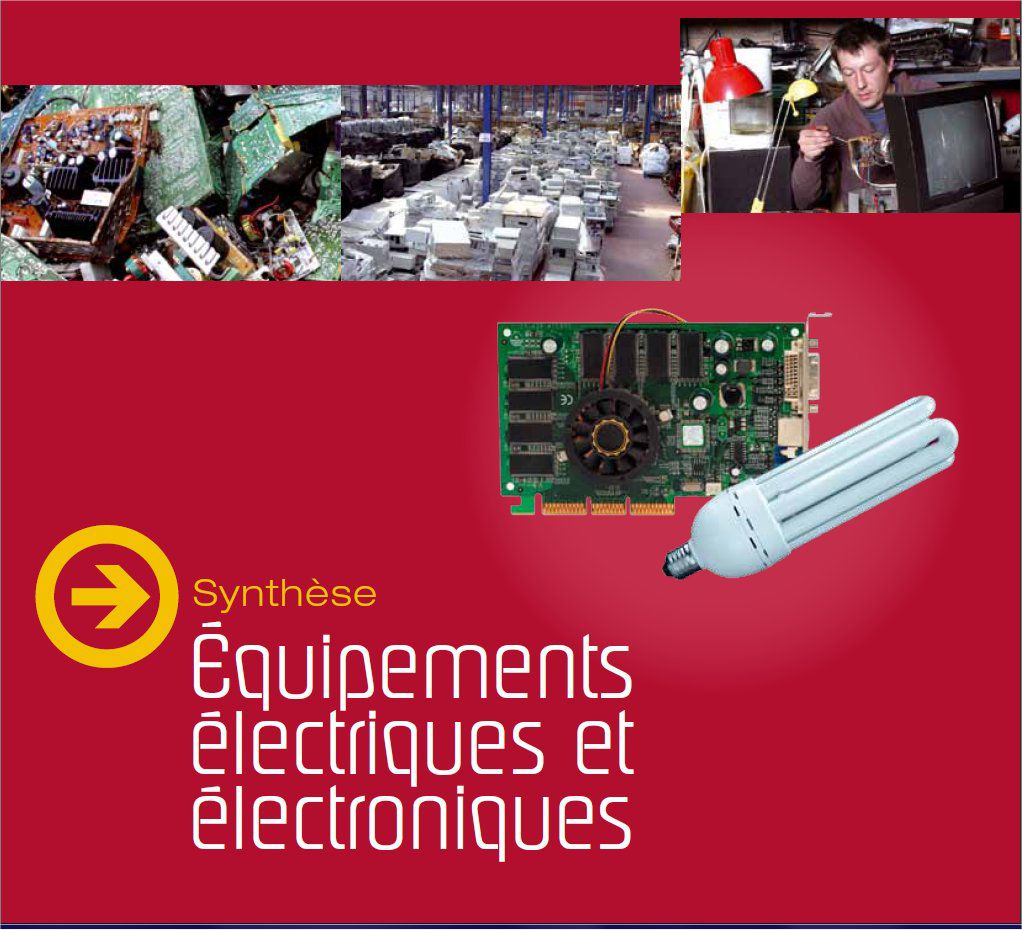-
 Solar panel
Solar panel
-
 Browser hijackers
Browser hijackers
-
 Vermiculture
Vermiculture
-
 General Anaesthesia
General Anaesthesia
-
 Geotaxis
Geotaxis
-
 Speciation
Speciation
-
 Encke's comet
Encke's comet
-
 Exophthalmus
Exophthalmus
-
 Diagnosis
Diagnosis
-
 MON810
MON810
-
 Black hole
Black hole
-
 Demodulation
Demodulation
-
 Carnot principle
Carnot principle
-
 Seyfert galaxy
Seyfert galaxy
-
 Ulysses
Ulysses
-
 Vasectomy
Vasectomy
-
 Dialler
Dialler
-
 Bacteriostatic
Bacteriostatic
-
 Reduction
Reduction
-
 Bandage
Bandage
-
 Cline
Cline
-
 Osteoarthritis
Osteoarthritis
-
 Oligomer
Oligomer
-
 Flag
Flag
-
 Nuclear power plant
Nuclear power plant
-
 Greenwich meridian
Greenwich meridian
-
 Domestication
Domestication
-
 Zwitterion
Zwitterion
-
 Mastectomy
Mastectomy
-
 EST
EST
WEEE
WEEE is waste from electric and electronic equipment, for example, household appliances, computers, or cameras.
The expression refers to waste disposal procedures enacted by the French law of 13 August 2005 for equipment used professionally and the French law of 15 November 2006 for household waste.
It makes producers of electric and electronic equipment liable by requiring them to make arrangements for their products at the end-of-life stage, and therefore their disposal.
These producers must implement a collection system allowing buyers to return these products at the end of their service life.
Composition of WEEE
The composition of WEEE varies widely. It includes, in particular (source: ADEME):
- ferrous and non-ferrous metals (10 to 85 %);
- inert materials: e.g. glass (except for cathodic tubes), wood, concrete (0 to 20 %);
- plastics with or without halogenated flame retardants (1 to 70 %);
- a wide variety of specific components that may pose a danger to health and the environment, such as CFCs, batteries, cathode tubes, condensers that may contain PCB, electronic cards, liquid crystal screens, mercury switches or relays, printer toners, cartridges and cables.
 An increasing quantity and variety of electric or electronic household waste is being produced. Every year, the French produce 1.6 million tonnes of this type of waste, or 25 kilos per inhabitant. © Ademe
An increasing quantity and variety of electric or electronic household waste is being produced. Every year, the French produce 1.6 million tonnes of this type of waste, or 25 kilos per inhabitant. © Ademe
Latest
Fill out my online form.



